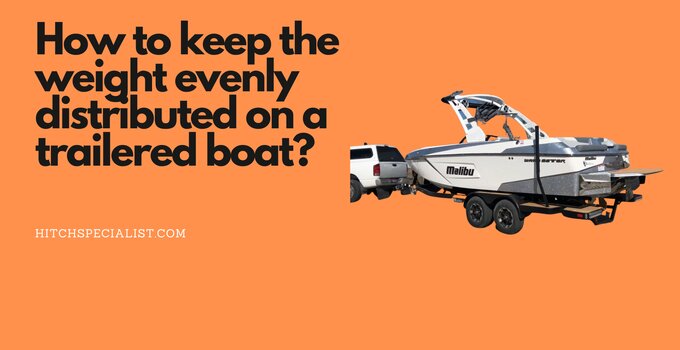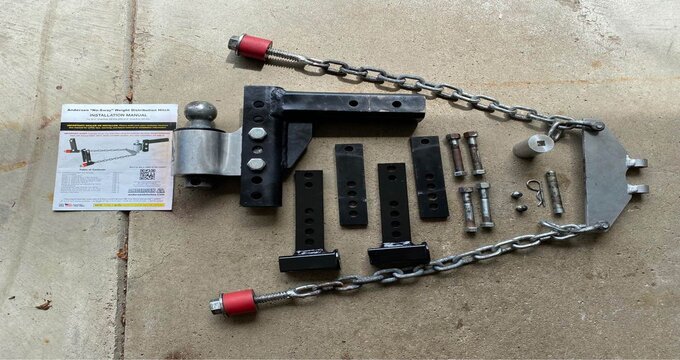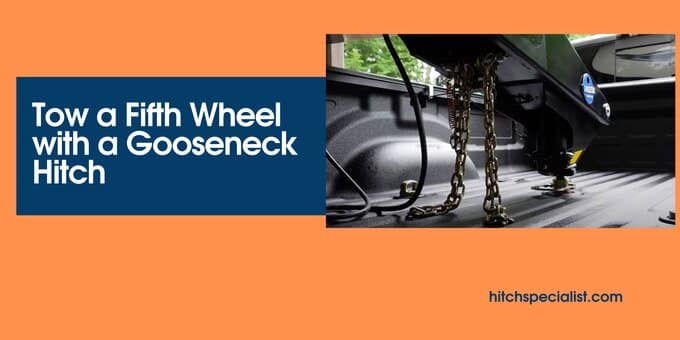
Keeping the weight evenly distributed is very important for safe towing. The total weight of the travel trailer, including cargo, fuel, and anything else in the vehicle, is distributed to the vehicle’s and trailer’s axles, relieving the vehicle’s bumper for improved safety and maneuverability.
When you’re towing a boat trailer, it is also important to properly adjust its weight with your vehicle. Bad weight distribution is unsafe and can create an accident or major damage to your vehicle and trailer. Let’s get some more ideas regarding how we can properly distribute the weight of a boat trailer.
Things to keep in mind before assessing the boat cargo’s weight distribution
If you want to travel by your boat, you need to understand the proper weight distribution first. It is always given with the boat its gross weight and how much cargo it can take safely. The boat is weighed before cargo operations begin and after they are completed to give a simple explanation. The weight of the cargo is the difference after adjusting for any changes in consumables (fuel, ballast water, and freshwater). This is very general information that you need to understand.
It’s a two-dimensional thing for boats: volume and weight. The net tonnage displayed on a boat’s tonnage certificate indicates its cargo volume capability. For example, 100 cubic feet equals one ton of gross or net tonnage.
When carrying exceptionally heavy cargo, the boat’s loadout is restricted to the cargo’s deadweight. The maximum permissible displacement tons, usually the summer load line displacement given on the load line certificate, are used to calculate deadweight. These tons are usually long, which is a weight measurement rather than a volume measurement.
Ways to keep the weight evenly distributed on a trailered boat?
At highway speeds, insufficient tongue weight causes swaying and fishtailing. If you tow too much weight, the tow vehicle will become difficult to maneuver. If you have too much load, try to transfer the load from the trailer to your vehicle’s payload, depending on your payload capacity.
Remember, too much load on your trailer will make the distribution uneven, which can damage your hitch ball and your vehicle’s suspension. The tongue weight of your trailer should be 7-10% of the overall trailer weight.
Always try to measure the weight distribution properly. Here are the other guidelines on setting up the trailer and the necessary thing to keep in mind.
Read: Does Weight Distribution Hitch Increase Payload?
Take necessary preparation
Before getting into operation, try to set all the necessary equipment and accessories. Your trailer, like your boat, should come with a weight limitation plate. Before you start driving, double-check the license plate to ensure that your trailer can transport the weight of your boat and the motor, fuel, and any other equipment you’re bringing with you.
Keep a close eye on the tongue weight indicated on the capacity plate. If a tongue that is too heavy can make steering difficult, and a tongue that is too light will cause the boat to fishtail.
Finally, select the appropriate hitch for the trailer class. The coupler should never be less than the ball hitch’s size. Before leaving the garage, always double-check that the hitch and ball are in place.
Maintain GAWR and GVWR
Your boat trailer and vehicle always come with Gross Axle Weight Rating and Gross Vehicle Weight Ratings. So, try to maintain those ratings properly. Do not exceed 80% of the recommended weight, which can create problems for your trailer and vehicle. When you are towing a boat, the trailer tries to put 10-15% of the weight on the hitch.
Steps to attach your boat trailer
So, these are the finals steps to set up your boat trailer with your vehicle:
- Make sure your boat is level on the trailer and that any gas or gear is appropriately placed. Other wide the distribution won’t be in a level.
- An unequal load, just like on the sea, might create instability. Steering and maneuvering the car can become much more difficult as a result.
- All loose goods and equipment should be tied down properly in and on your boat.
- Make sure your chains are surrounded under the frame while mounting the trailer to the towing vehicle, and the chains must be able to support the entire load’s weight. In any case, if the hitch fails, this is crucial for safety.
- Verify that your trailer brake lights and directional lights are also operational, which is important so that other drivers can see when you’re halting, braking, or turning.
- You must check the tire pressure and lug nuts for tightness and security.
- Adjust your side-view mirrors to see the trailer and any traffic behind you.
- With the trailer hitched, practice turning and backing up. It takes time to get acclimated to these motions, so practicing until you’re comfortable is crucial. I used to take the help of a partner in my early days of towing.
- Finally, secure the boat to the trailer frame with several more straps.
Try to follow these steps for proper weight distribution and trailer setup. After that, you are good to go!
Also read:
Conclusion
For any kind of traveling with your travel trailer, it’s essential to keep the weight distribution properly. The above discussion defines how a boat could distribute a trailer’s weight properly and the necessary steps to follow for proper weight distribution. Try to maintain all these steps and guidelines for a good journey to make your travel easier and safe enough.
Also read:




